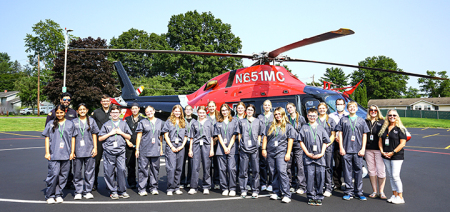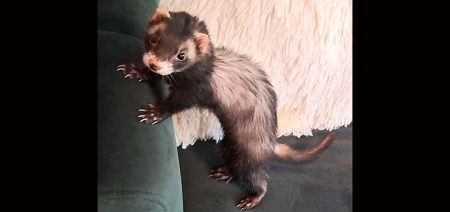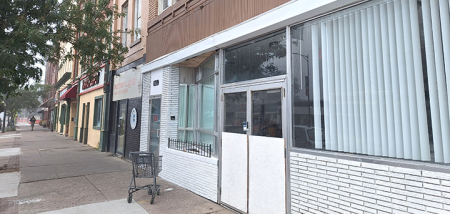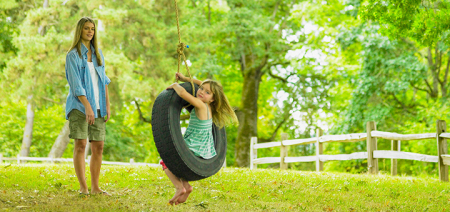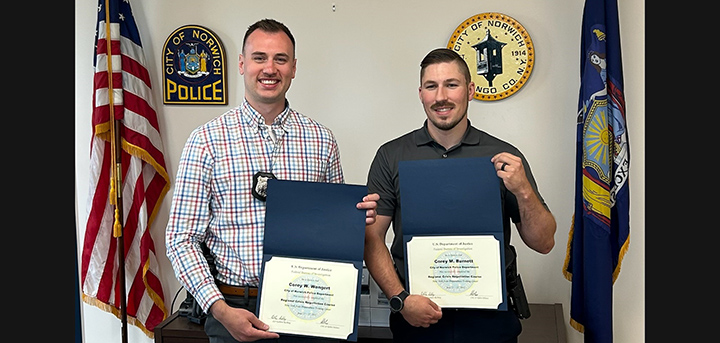Outdoor Chenango: The Moment Of Truth And The Aftermath
Published:
November 9th, 2022
By:
Eric Davis
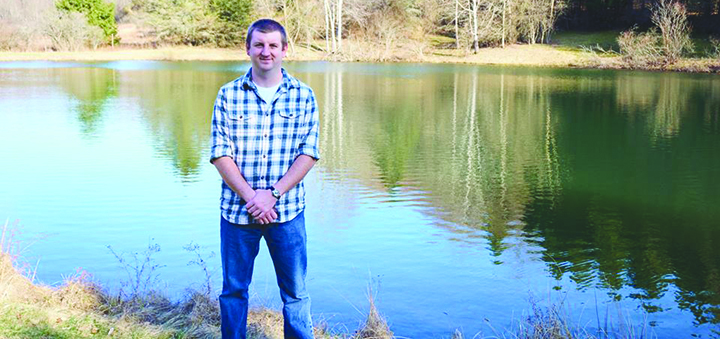
After months of preparation, working hard to put in a food plot or checking trail cameras to locate your target buck, the moment has finally come.
You see him chasing a doe around from a distance but you get your bow ready just in case. After a minute, she comes trotting through one of your shooting lanes with him lagging behind by a few steps. You draw, get to your anchor point, and settle the pin just behind his shoulder as he steps out broadside into the lane. You release the arrow, he jumps and takes off running.
After about 60 yards, you lose sight of him. Your adrenaline starts to kick in and your heart starts to pound as you try to relive the shot over and over to make sure it was a good hit. If you’re like me, you hang up your bow, sit back down (so you don’t fall out of your stand), and get your phone out. Send a text or a quick call to your hunting buddy to tell them that you just hit a buck. Then you try to sit and wait for at least half an hour before getting down to look for blood where the buck was standing when you shot.
Once you get to where you think the buck was standing, you look for signs of impact by the arrow. This could be hair, blood, or your arrow if it passed completely through the deer. Don’t be surprised if there isn’t any blood because it can take time for it to start to come out of the wound made by the broadhead and arrow. Look for kicked up ground to show that’s exactly where the deer was when he jumped after getting shot. Mark the place where you find the first piece of sign.
I carry a roll of flagging tape in my pack and just put a small piece on a stick and jam it into the ground. If you do find your arrow, look at it and see what is on it. Lung shots will leave bubbly blood on the arrow, heart shots will leave bright red blood. Liver shots will leave dark red blood and gut shots will leave green or brown bits on the arrow likely with some blood. If you suspect a liver shot, back out and wait at least 8 hours before tracking. For gut shots, consider waiting a full 24 hours before looking for the deer.
If you are confident in your shot, face the direction you saw the deer run and scan the ground for blood. Avoid walking on top of the trail so you don’t get blood on your boots and smear it all over. If you have to go back for any reason the blood being all over will complicate things, especially if you end up calling in a tracking dog. Look for your arrow as you track if you haven’t found it yet.
If your arrow stays in the deer, the blood trail will likely be light as the arrow blocks the hole and doesn’t allow the blood to leave the body cavity. Keep scanning ahead as you are tracking. Sometimes the deer will go just far enough to be out of sight before laying down, especially liver and gut shot deer.
By scanning ahead, you can try to avoid jumping a wounded deer because once the deer gets its adrenaline pumping it can run a long distance before it stops. If you do bump your deer, mark the spot with flagging tape and slowly back out. If you are lucky, it will bed back down and expire there if it doesn’t get spooked again.
If the blood trail gets harder to follow and seems to disappear, mark your last spot you have blood and start to make circles around that spot. Make each circle slightly bigger as you make a full one. Consider asking some friends to help you look for the deer.
If the circles do not yield any help, you can do a grid search. However, one of the better options is to call for a tracking dog. If you want to do this, avoid going crazy with the circles and the grid search as the added human scent all over the area can make the dog’s job more difficult. In New York, tracking dogs are licensed through the NYSDEC and the handler must pay for their license. However, dog handlers are not allowed to charge for their services. Most hunters though will tip the handler to help pay for the license, the dog food, and the gas to come to the location.
Author: Eric Davis - More From This Author
Comments
